Nonpareil Almond Tree
- September 19, 2023
- 1 comment
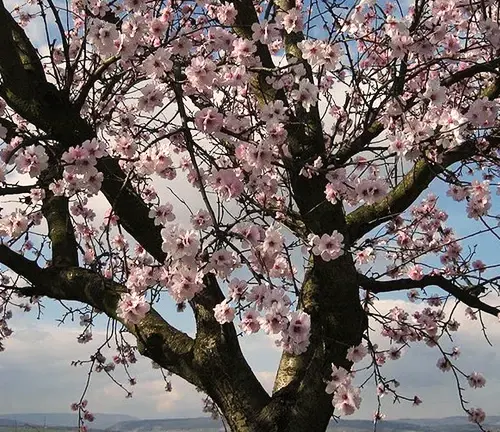
The Nonpareil almond tree, scientifically known as Prunus dulcis ‘Nonpareil‘, is a highly prized cultivar in the world of almond production. Renowned for its exceptional nut quality, the Nonpareil almond is favored by both growers and consumers alike. These trees typically reach heights of 15 to 20 feet and produce an abundance of beautiful white-pink blossoms in early spring. The almonds themselves are oval-shaped and have a thin, smooth shell that encases the sweet, delicate kernel. Nonpareil almonds are often chosen for their versatility and are commonly used in various culinary applications, from snacking to baking and cooking.
One unique aspect of Nonpareil almond trees is their self-incompatibility. This means that they cannot pollinate themselves effectively; they rely on cross-pollination with another almond variety to produce nuts. Commonly, ‘Nonpareil’ almond trees are planted alongside compatible varieties such as ‘Carmel’ or ‘Butte.’ The bees play a vital role in this process, carrying pollen from one tree to another. Growers carefully manage these orchards to ensure proper pollination, which is essential for almond production. This dependence on cross-pollination contributes to the diversity of almond orchards and ensures genetic health.
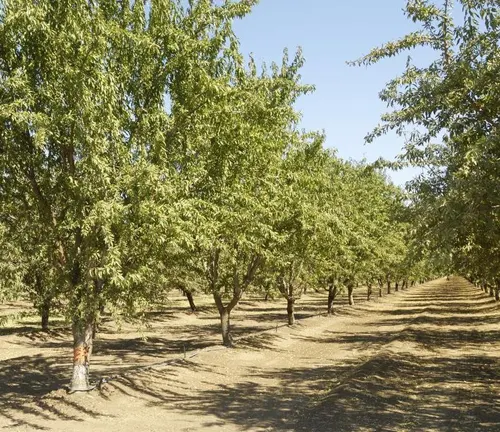
| Characteristics | Description |
| Scientific Name | Prunus dulcis ‘Nonpareil’ |
| Tree Height | 15 to 20 feet |
| Blossom Color | White-pink |
| Climate Preference | Mediterranean climate |
| Growing Seasons | Mild, wet winters and hot, dry summers |
| Sunlight Requirement | Full sun exposure |
| Soil Type | Well-draining soil |
| Pollination | Self-incompatible; requires cross-pollination |
| Geographical Dominance | Prominent in California’s Central Valley |
| Harvest Time | Typically harvested in late summer to early fall, depending on the region and climate. |
Soil Type
Nonpareil almond trees are highly discerning when it comes to their soil requirements. They thrive most in well-draining soils, and their preference leans towards sandy loam or loamy soils. The significance of well-draining soil cannot be overstated, as it plays a pivotal role in their overall health and vitality. The roots of almond trees are sensitive to excess moisture, and inadequate drainage can lead to the development of root rot, a condition that can seriously harm the tree’s growth and productivity. Sandy loam and loamy soils offer the ideal balance, allowing water to percolate effectively while retaining enough moisture to sustain the tree during dry spells.


Soil Preferences
These almond trees prefer slightly acidic to slightly alkaline soils, maintaining a pH range between 6.0 to 7.5. This pH range optimizes nutrient availability and microbial activity in the soil, supporting their growth and nut production.
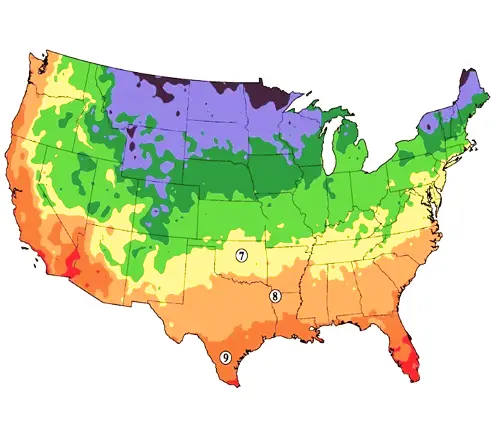
Hardiness Zone
Nonpareil almond trees are hardy in USDA zones 7 to 9, making them well-suited for Mediterranean and mild temperate climates.
Sun Preference
They prefer full sun exposure, requiring at least 6 to 8 hours of sunlight daily for optimal growth and nut production.
Attributes and Characteristics
Nonpareil almond trees boast lance-shaped, serrated leaves that turn a vibrant gold in autumn. In early spring, they bloom with fragrant pale pink to white blossoms, a crucial nectar source for bees aiding in pollination and honey production. Come late summer or early fall, the almonds mature, known for their thin, smooth shells and delicious, sweet kernels.
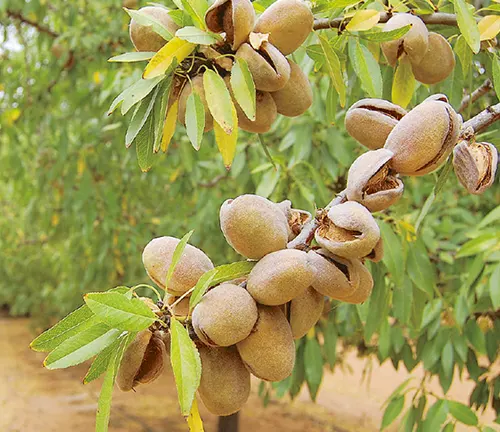
Wildlife Value
Nonpareil almond trees attract various pollinators, including bees and butterflies, due to their fragrant blossoms. Additionally, birds and small mammals are drawn to the nuts when they mature, contributing to the ecosystem.
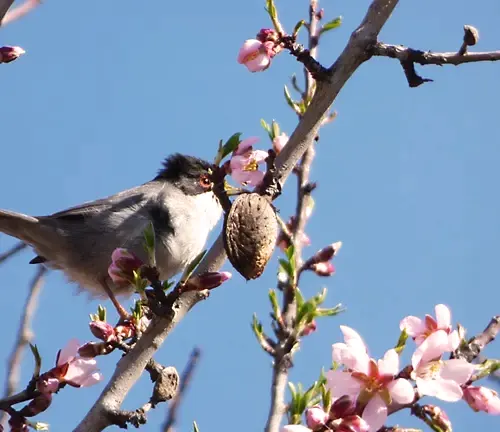
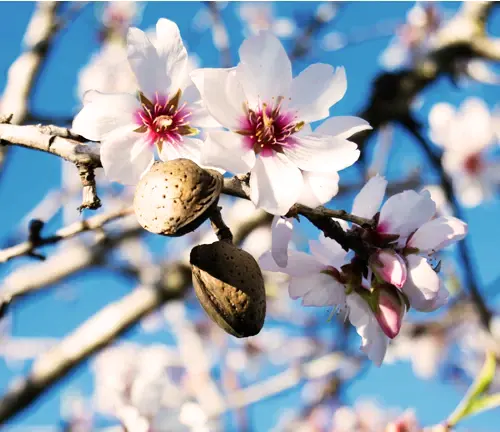
Care
Proper care of almond trees includes regular watering, particularly during dry periods, while avoiding waterlogged soil. Deep watering every 2 to 4 weeks is typically adequate. Pruning is essential for shaping the tree, eliminating dead or diseased branches, and enhancing air circulation. This task is typically undertaken in late winter or early spring before new growth commences.
Benefits
- Almonds from the Nonpareil variety are renowned for their sweet, mild flavor, making them a popular choice for snacking and culinary applications.
- They are a rich source of protein, healthy fats, fiber, vitamins, and minerals, making them a nutritious addition to a balanced diet.
- Almond oil extracted from these nuts is used in cosmetics, skincare, and aromatherapy due to its moisturizing and antioxidant properties.
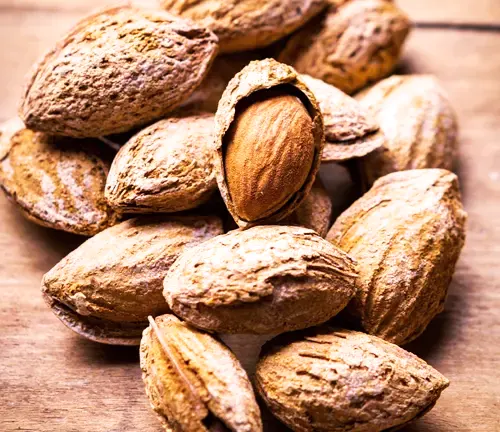
Edible or Not
The kernels of Nonpareil almonds are edible and highly sought after for their sweet and nutty flavor. However, the outer hull of the fruit is not typically consumed.
Wood Products
Nonpareil almond trees offer various wood products and applications beyond their prized almonds. The wood from Nonpareil almond trees is typically considered hardwood and possesses a light to medium brown color with a fine grain. While it may not be as widely utilized as hardwoods from dedicated timber trees, it still finds value in certain applications. Nonpareil almond wood is sometimes used in smaller-scale woodworking projects, such as crafting furniture components like drawer fronts, inlay work, or decorative accents. Its fine grain and attractive appearance make it suitable for creating ornamental items like picture frames, cutting boards, and wooden toys. While not as prevalent as other hardwood sources, Nonpareil almond wood can still serve admirably in various artisanal and decorative applications, offering a unique touch of elegance and natural beauty.
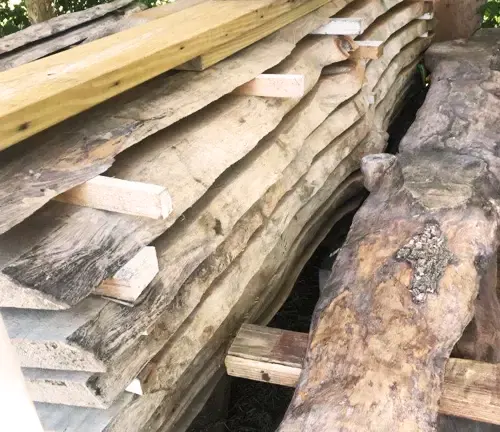
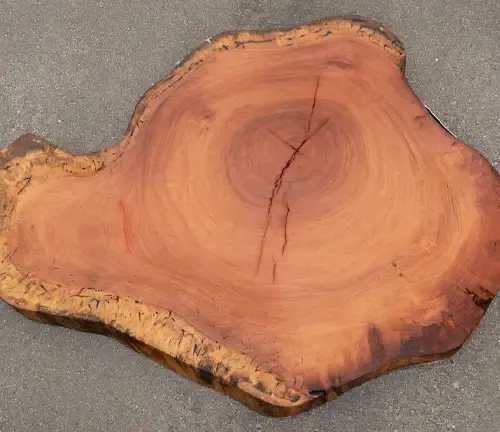
Disadvantages
Almond trees face several challenges, such as susceptibility to pests like aphids, scale insects, and fungal infections. Vigilant monitoring and care are essential for prevention and management. Additionally, these trees demand consistent and sometimes labor-intensive pruning and maintenance. In regions with excessive rainfall and inadequate drainage, the menace of root rot looms large, posing a significant threat to their health.
Common Pests & Diseases
Common pests that affect almond trees include aphids, scale insects, and mites. Diseases that can impact almond trees include fungal infections like brown rot and powdery mildew.
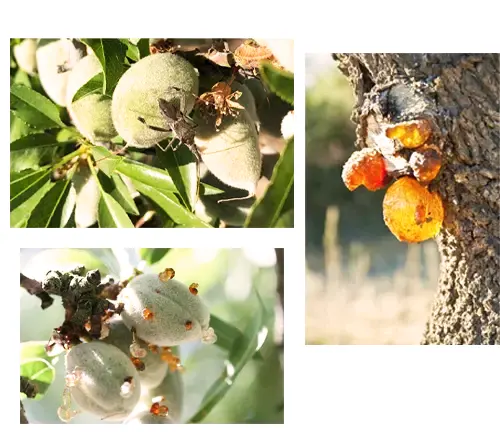
Fun Facts
- Almonds have been cultivated for thousands of years, with evidence of their consumption dating back to ancient civilizations in the Mediterranean and Middle East.
- California is the leading producer of almonds in the world, and Nonpareil is one of the most widely grown almond varieties in the state.
- Almonds are not true nuts; they are actually seeds of the drupe fruit of the almond tree.
Discover the difference today and explore our range of Forestry Services – don’t miss out on the opportunity to elevate your experience!
FAQs
- Are Nonpareil almonds the same as regular almonds?
Nonpareil almonds are a specific variety of almonds known for their sweet flavor and smooth, thin shells. While they are “regular” almonds in the sense that they belong to the almond species, they are one of many almond cultivars with distinct characteristics. - How do I know when Nonpareil almonds are ripe for harvest?
Nonpareil almonds trees are typically ready for harvest in late summer or early fall. You can tell they are ripe when the hulls split open, revealing the mature nuts inside. Shake a few branches, and if the almonds fall easily, it’s a sign that they are ready for harvesting. - Can I grow Nonpareil almond trees in a container?
While it’s possible to grow almond trees in containers, it can be challenging to provide them with the space and nutrients they need to thrive. Almond trees are generally better suited for planting in the ground, where they can develop a strong root system. - Do Nonpareil almond trees require cross-pollination?
Yes, almond trees, including Nonpareil varieties, benefit from cross-pollination with other almond tree varieties. Planting another compatible almond variety nearby can enhance nut productionWhat is the shelf life of Nonpareil almonds once they are harvested?
Properly stored, Nonpareil almonds can have a shelf life of up to a year. It’s essential to keep them in an airtight container in a cool, dry place to maintain their freshness and prevent rancidity.
In the world of almond trees, the Nonpareil stands as a true gem. Renowned for its exceptional flavor and versatility, the Nonpareil almond tree has captivated orchard enthusiasts and almond lovers alike. Its delicate white blossoms mark the beginning of a journey that culminates in the exquisite, thin-skinned almonds that are beloved worldwide. As we bid farewell to the Nonpareil almond tree, we are reminded that nature’s finest creations often come in the form of these small, flavorful treasures, enriching our lives with their distinct taste and nutritional value.


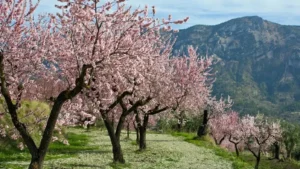
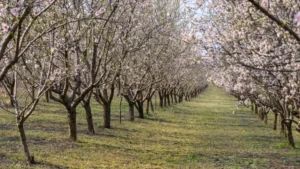
Almonds come from trees. These deciduous trees bear nuts encased in a hard shell. Almond trees need ample sunlight and well-drained soil to thrive, producing nutritious andversatile nuts.
muhsin
September 20, 2023 11:30 am